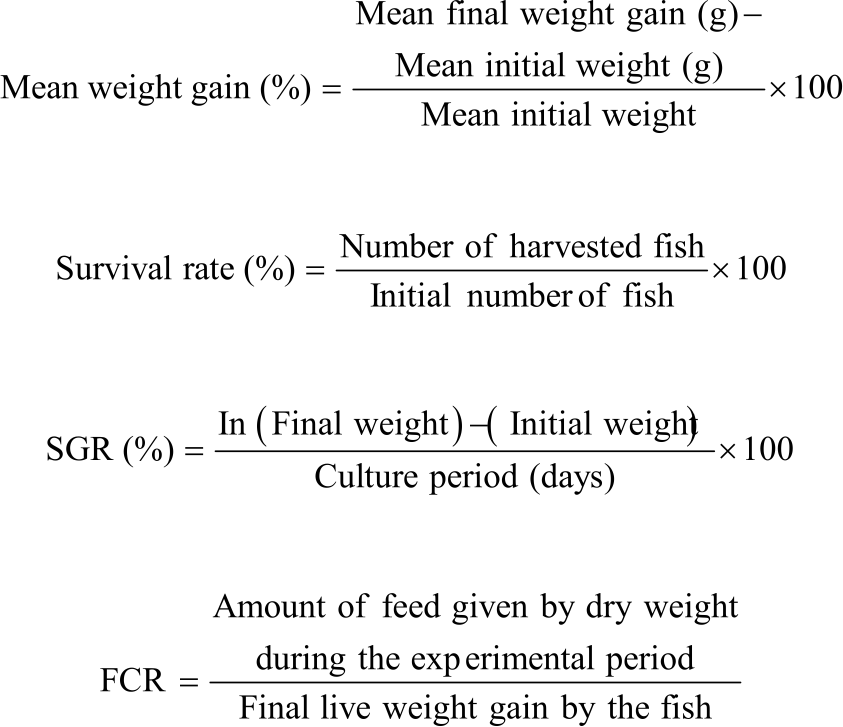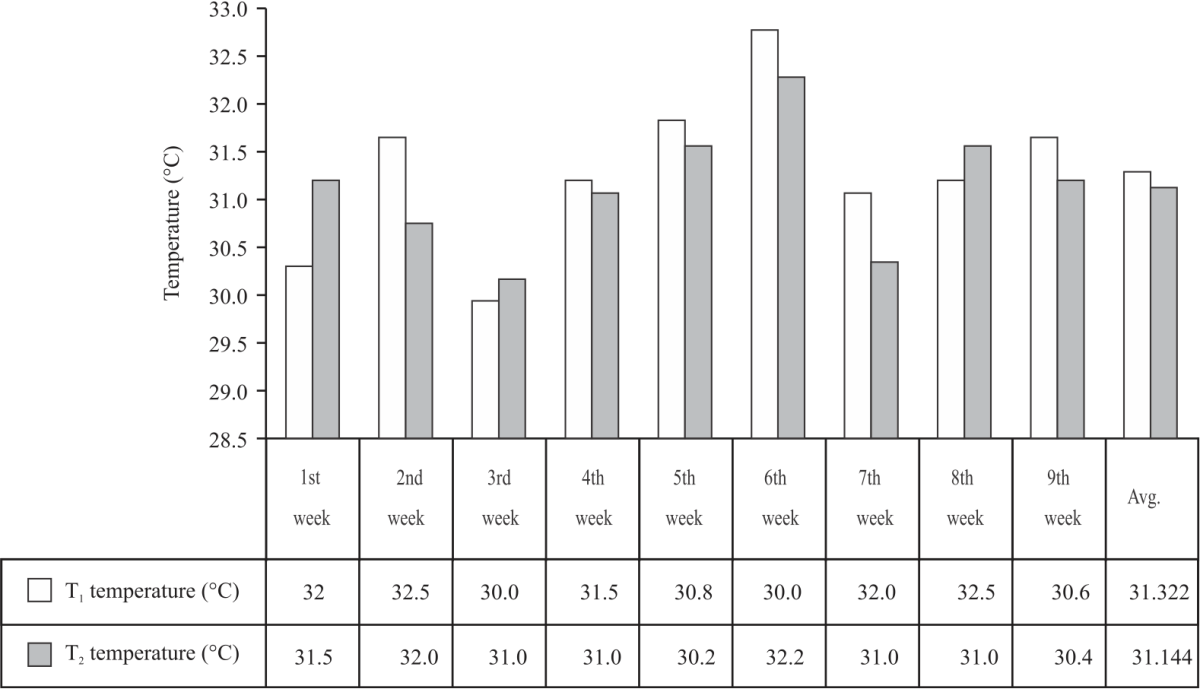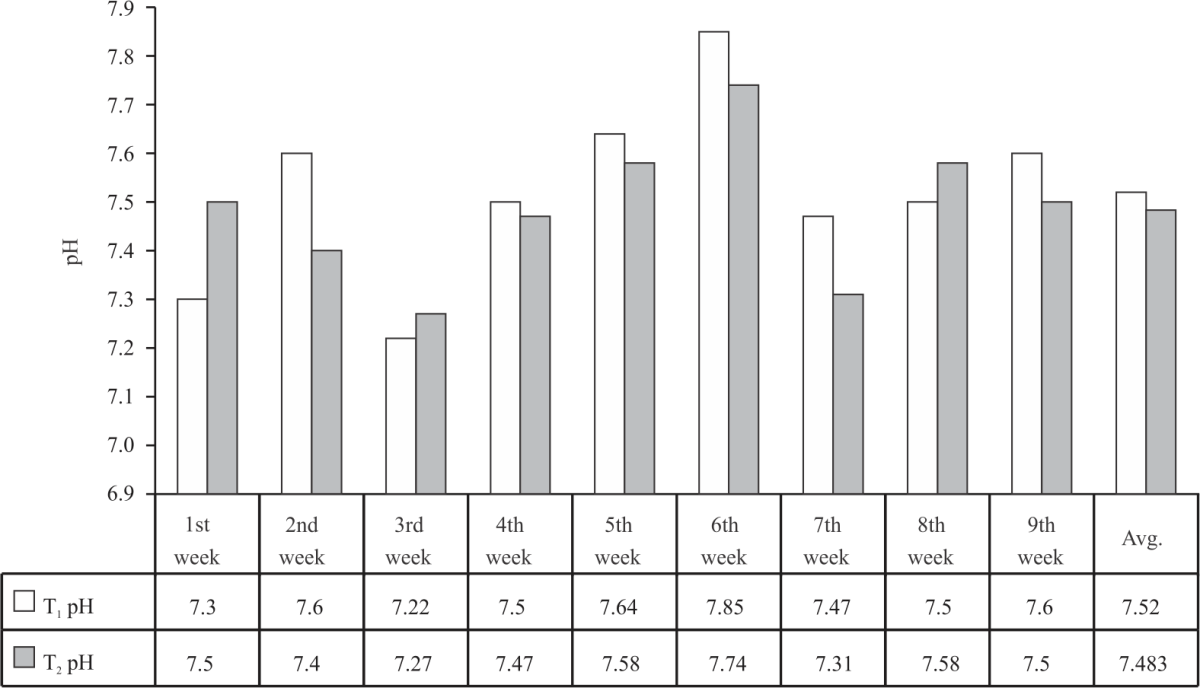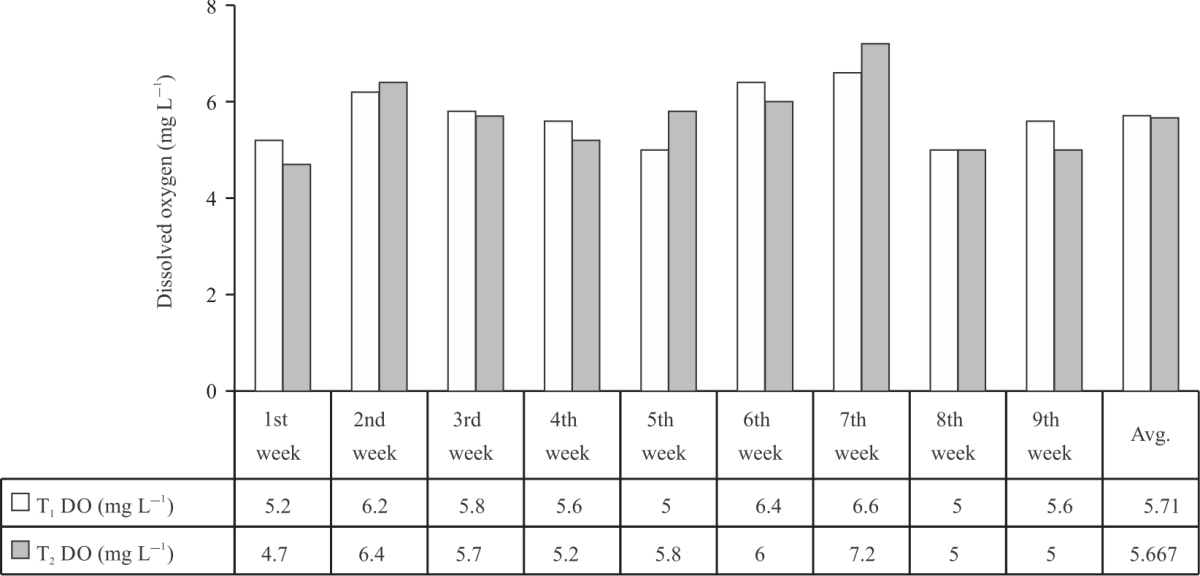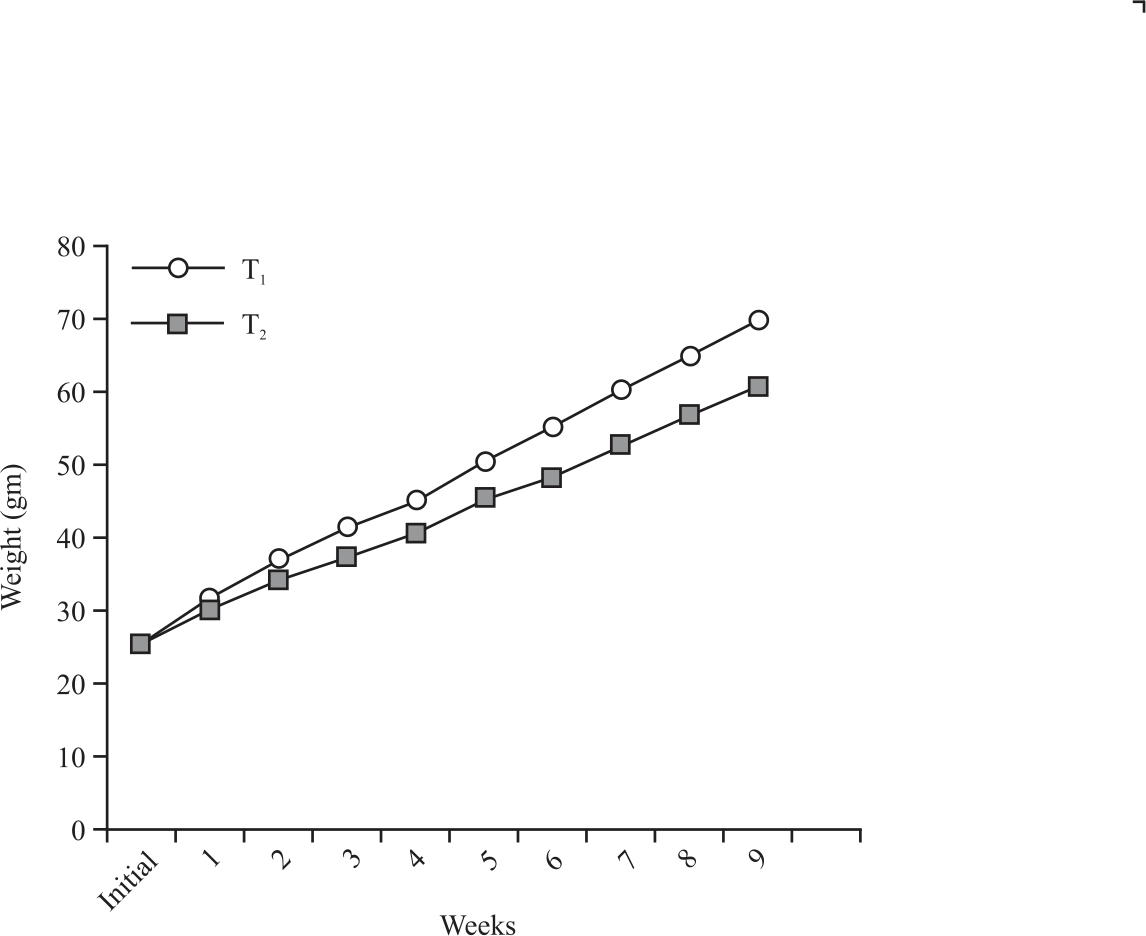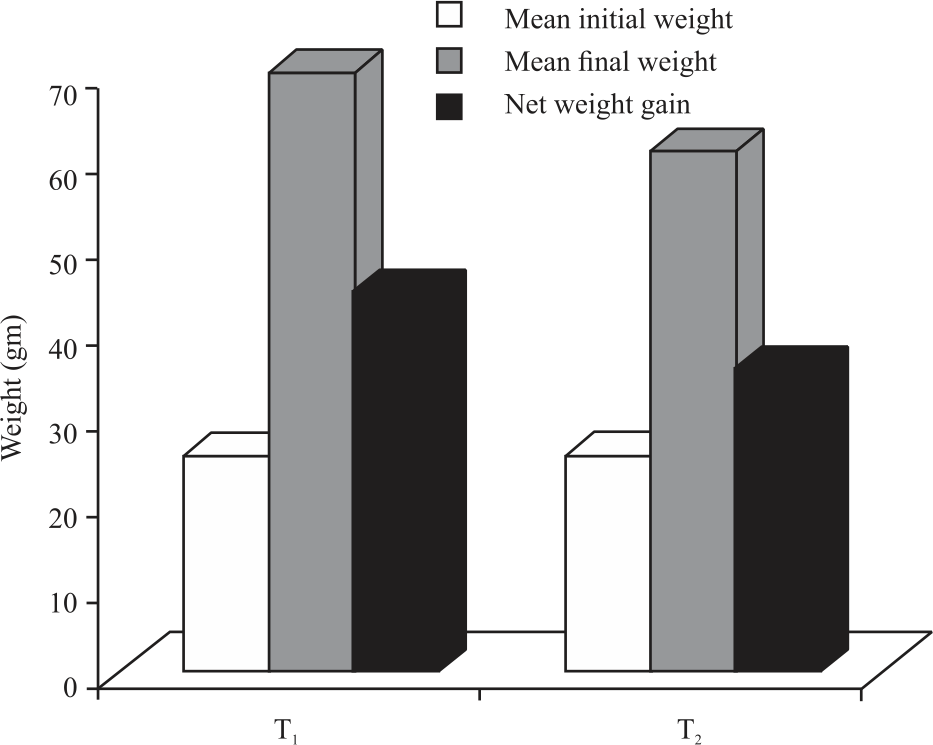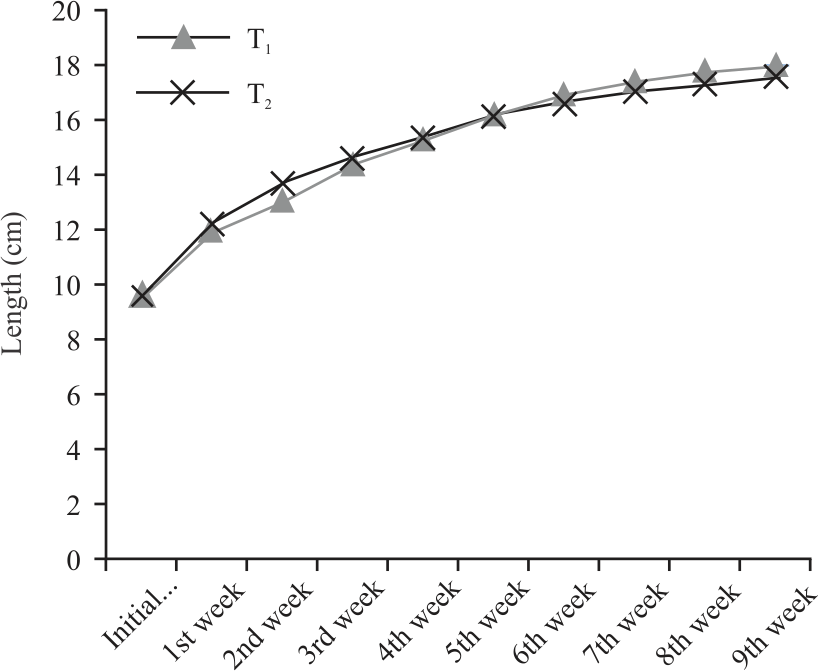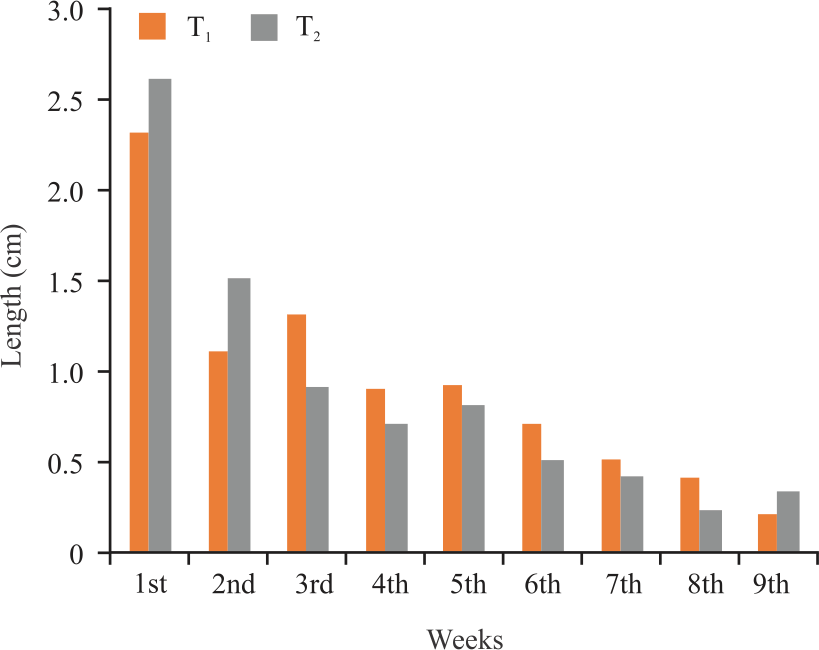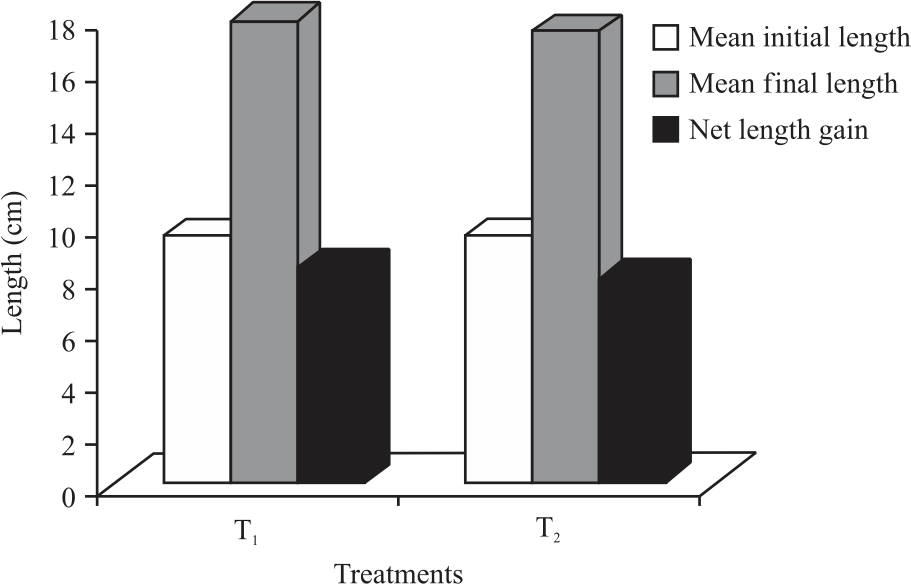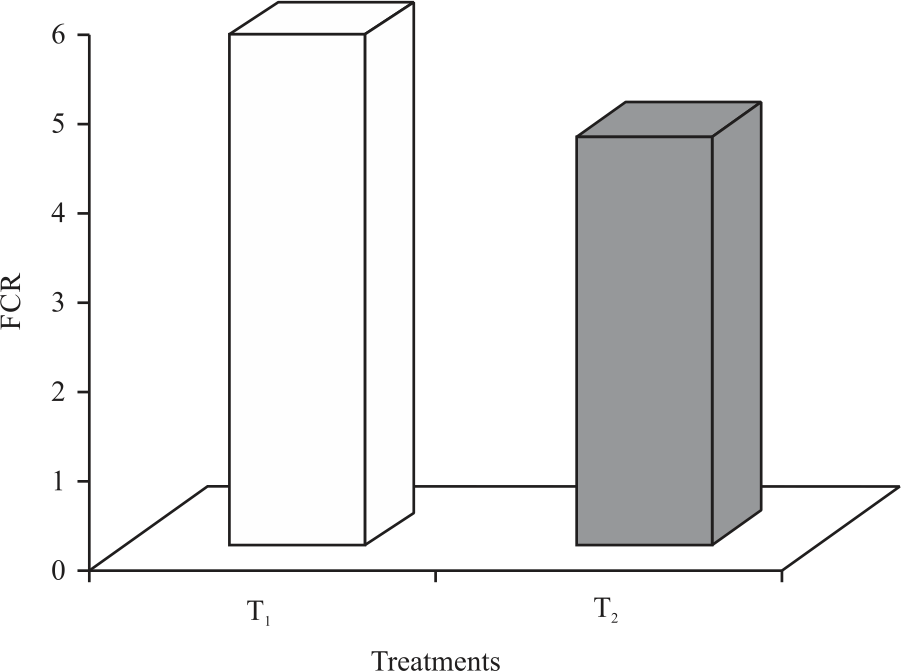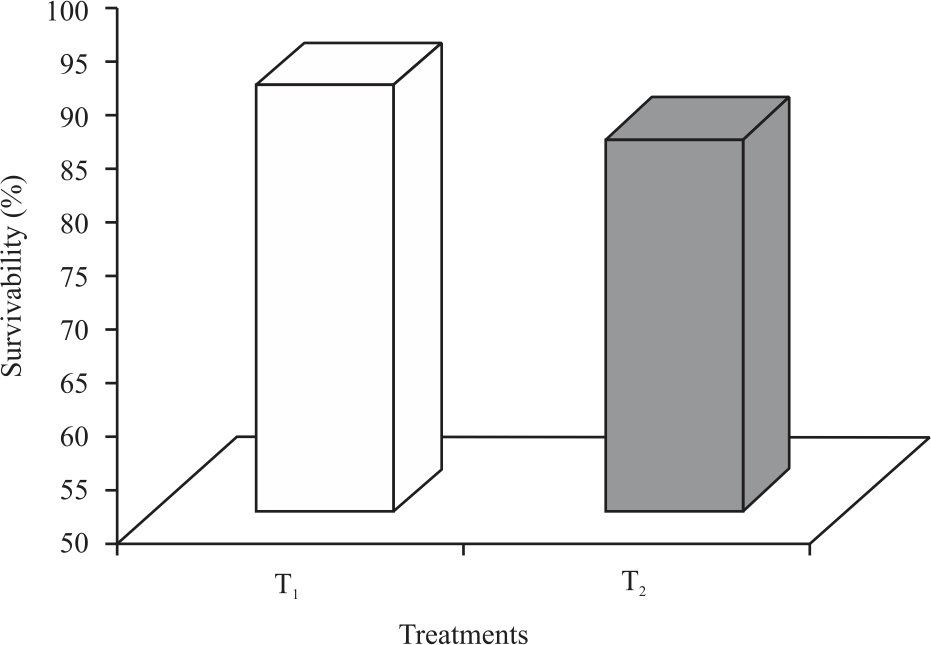Research Article
Growth Performance, Feed Conversion and Survival of Cirrhinus mrigala with Feeding Rate in Cage System
Department of Fisheries and Marine Science, Noakhali Science and Technology University, Sonapur, Noakhali, Bangladesh
LiveDNA: 880.35592
Mazharul Islam
Department of Fisheries and Marine Science, Noakhali Science and Technology University, Sonapur, Noakhali, Bangladesh
M. Maksud Alam
Deputy Secretary, Ministry of Science and Technology, Bangladesh Secretariat, Dhaka, Bangladesh
Md. Borhan Uddin Ahmed
Department of Fisheries and Marine Science, Noakhali Science and Technology University, Sonapur, Noakhali, Bangladesh
Md. Robiul Hasan
Department of Fisheries and Marine Science, Noakhali Science and Technology University, Sonapur, Noakhali, Bangladesh
Priyanka Rani Majumdar
Department of Fisheries and Marine Science, Noakhali Science and Technology University, Sonapur, Noakhali, Bangladesh
LiveDNA: 880.30882









